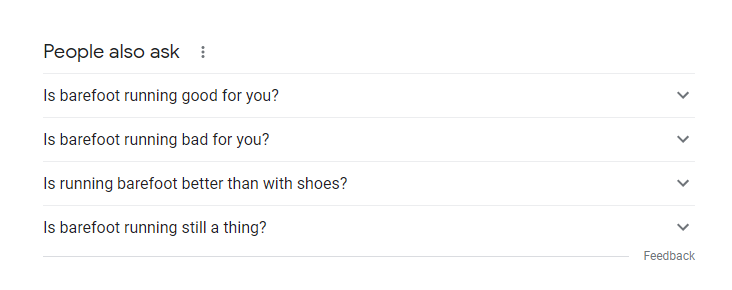Voice search SEO is the process of optimizing user-facing content – like blog posts, Google My Business listings, and web pages – so that people can find it using smart voice assistants like Alexa, Siri, Cortana, or Google Home.
Not unlike other types of search engine optimization, voice search SEO relies on keywords and SERP rankings to reach customers. However, there are some notable differences in how it works.
In this post, we’ll answer some of your burning questions about voice search SEO and show you how to capitalize on it, so you can reach the growing number of voice searchers out there.
How Fast is Voice Search Growing?
Voice technology has been increasing in popularity over the past few years, and that’s not expected to slow down any time soon. In fact, Statista predicts that there will be 8.4 billion voice assistants in use by 2024.
That doesn’t mean voice search is a topic for a future date, though. According to several customer surveys, voice search is being widely adopted – especially on the local level. Take these statistics for instance:
- 58% of consumers found local businesses between 2019 and 2020 using voice assistants (DBS Interactive)
- Mobile voice searches are 3x more likely to be local than typed searches (Search Engine Journal)
- The Google Assistant has been downloaded onto over 500 million mobile devices (Science Direct)
Voice isn’t lagging behind in terms of accuracy or speed either:
- In 2020, 77% of all simple questions and 70% of all nuanced voice search queries were answered correctly by Google Assistant (Statista)
- Voice search result pages load 4.2 seconds faster than the average webpage (Backlinko)
These statistics show that voice search isn’t just possible — it’s powerful and already in widespread use.
Voice Search vs. Text Search
What exactly does a voice search query look like? And how does it differ from typed keywords?
Voice search is more conversational. Most queries are question-based rather than short, direct keywords. For example, instead of typing “pizza near me,” a voice search user might say: “Where’s the best place to get pizza near me?”
The algorithm then processes and responds to the query the same way it would a typed one — by analyzing the intent, pulling results into a SERP, and delivering them — only now, it’s reading them aloud via a virtual assistant.
How Do You Optimize Your Content for Voice Search?
Voice search optimization builds on many traditional SEO strategies but requires a few special considerations to be effective for voice-based platforms.
Offer Direct Answers
Users want quick, concise answers — and so do search engines. That’s why voice results often come from featured snippets.

To win snippets, answer questions in a straightforward way. Think of it like you’re responding to a friend — keep it clear, direct, and jargon-free.
Use Long-Tail Keywords
Short keywords are competitive and don’t match the conversational tone of voice search. Voice queries average 7–8 words, making long-tail keywords essential.
To incorporate them effectively:
- Use tools like Ubersuggest, SEMrush, or Google Keyword Planner, but focus on longer, more specific keyword phrases.
- Explore Google’s “People Also Ask” and “Related Searches” to discover real voice-style queries.



Once identified:
- Add keywords naturally into headers and content — avoid keyword stuffing.
- Use LSI (Latent Semantic Indexing) terms to provide context.
Write Conversationally
Use a tone that mimics how people actually speak. This:
- Makes your content easier for users to understand
- Helps search engines better match your content to queries
In short: write like you talk.
Optimize for Local Audiences
Voice search is heavily tied to local intent — food, weather, directions, services.
Someone asking for dinner suggestions doesn’t want a list of nationwide chains — they want local results. Make sure your content includes:
- Localized keywords
- Mentions of city, neighborhood, or service area
- Specific information tailored to your community
This helps your business show up in “near me” searches.
Claim Your Google My Business Account
Your Google My Business listing powers many voice-based results for local searches.
Make sure your profile is:
- Complete (address, phone, hours, website, category)
- Regularly updated
- Includes photos and answers to customer questions
- Earning positive reviews
This makes it easier for Google to connect your business with relevant voice search queries — and for users to choose you.
While voice search SEO may feel new, it’s not that different from standard SEO best practices. By focusing on creating high-quality content and optimizing the user experience for locals with real questions, you can successfully capitalize on voice search opportunities.


